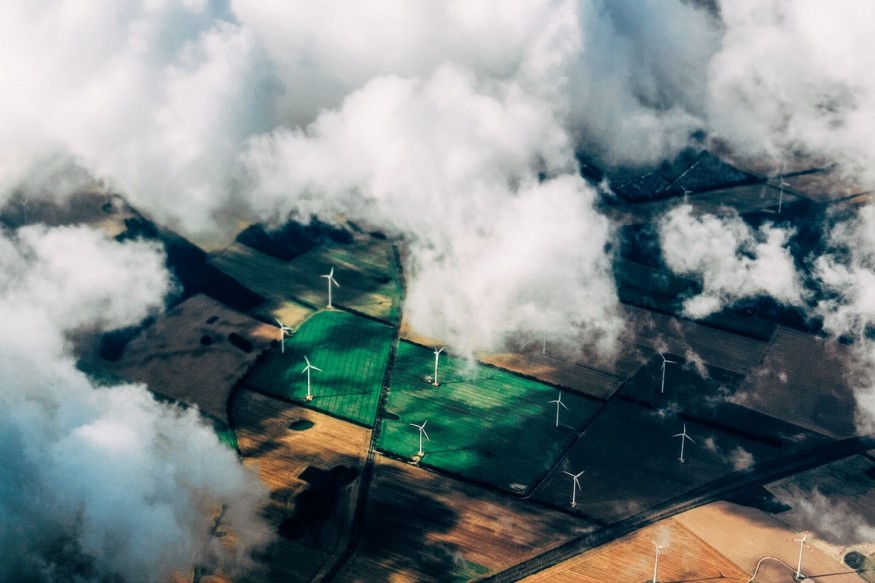
In our relentless pursuit of a sustainable future, the realm of renewable energy stands at the forefront of innovation. From solar to wind and beyond, recent breakthroughs in renewable energy technology have opened new vistas of possibilities. Additionally, the integration of cutting-edge technologies like Weather APIs is paving the way for more efficient and reliable energy production.
Weather API Integration in Renewable Energy
At the heart of renewable energy production lies the dependence on natural elements, and understanding weather patterns is crucial for optimizing energy generation. This is where Weather API comes into play, providing real-time data on atmospheric conditions. Integrating these APIs into renewable energy systems enables better forecasting, allowing for proactive adjustments in energy production based on anticipated weather changes.
The synergy between Weather APIs and renewable energy systems extends beyond mere prediction. It enables the development of smart grids that can dynamically adapt to fluctuating weather conditions. For instance, if a solar farm anticipates an approaching storm through Weather API data, it can reroute energy production or initiate storage mechanisms to mitigate potential disruptions.
Solar Energy Breakthroughs
Solar energy continues to be a focal point of innovation, with advancements aimed at maximizing efficiency and accessibility. Recent breakthroughs in photovoltaic technology have led to the creation of ultra-thin, flexible solar panels that can be seamlessly integrated into various surfaces. These innovations not only enhance energy capture but also expand the potential applications of solar power in urban environments.
Furthermore, research in solar energy storage is yielding promising results. Improved battery technologies, coupled with innovative materials, are extending the duration and reliability of solar energy storage systems. This addresses one of the primary challenges of solar power-its intermittent nature-and brings us closer to a future where solar energy can be harnessed around the clock.
Wind Energy Revolution
In the realm of wind energy, advancements are steering us towards more efficient and cost-effective solutions. The integration of artificial intelligence (AI) and machine learning in wind turbine operations is optimizing energy production by predicting wind patterns and adjusting the orientation of turbine blades accordingly. This not only maximizes energy output but also prolongs the lifespan of wind turbines.
Floating wind farms represent another groundbreaking development. By placing turbines on floating platforms in deep waters, these farms overcome the limitations of traditional fixed-bottom structures. This innovation expands the geographical scope for harnessing wind energy, making it viable in locations previously deemed unsuitable.
Innovations in Energy Storage
Energy storage is a linchpin in the quest for reliable and consistent renewable energy. Breakthroughs in battery technologies, such as the development of high-capacity lithium-ion batteries, are revolutionizing energy storage capabilities. These batteries not only store excess energy generated during peak times but also discharge it during periods of low energy production, ensuring a continuous and stable power supply.
Beyond traditional batteries, advancements in innovative storage solutions like molten salt and compressed air energy storage are gaining traction. These technologies offer scalable and cost-effective alternatives, addressing the need for large-scale energy storage systems that can support entire communities.
Impact on Sustainable Living
The amalgamation of these advancements in renewable energy technology and the integration of Weather APIs are significantly impacting sustainable living. Accessible and reliable renewable energy sources contribute to reducing reliance on fossil fuels, mitigating environmental degradation, and combating climate change.
In addition to environmental benefits, the widespread adoption of renewable energy positively influences economies by creating jobs and fostering technological innovation. As the cost of renewable energy technologies continues to decline, the transition to sustainable energy becomes not only an ecological imperative but also an economically viable choice.
In conclusion, the recent strides in renewable energy technology, coupled with the integration of Weather APIs, propel us toward a future where clean, sustainable energy is not just a possibility but a global reality. By harnessing the power of nature and leveraging technological innovations, we are illuminating the path to a more sustainable and resilient world.
© 2025 NatureWorldNews.com All rights reserved. Do not reproduce without permission.





